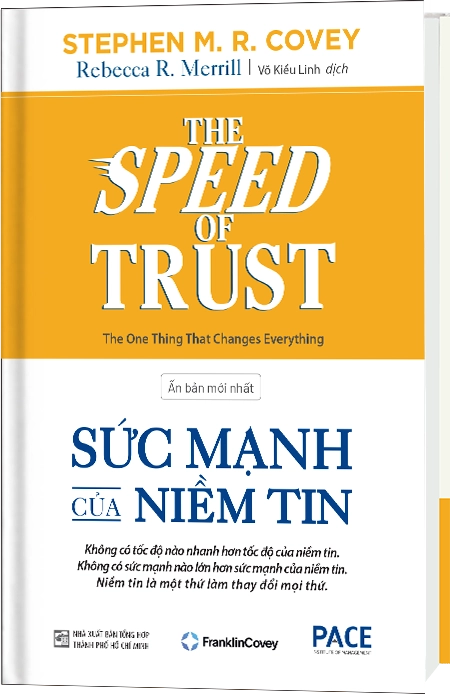
3 STRATEGIES TO BUILD A RESILIENT WORKFORCE IN AN UNUSUAL ECONOMY
Many businesses are at a crossroads. They want to steel themselves for a potential economic downturn and stay positioned for growth. They’re struggling to recruit skilled talent for critical roles while also contemplating workforce reductions or hiring slowdowns. And they’re considering pulling back on investments, like upskilling, that can help them create a more agile workforce while at the same time increasing digital investments that can give them an edge.

Why Marketing Leaders Need to Harness the Power of AI Now?
A 2022 report, “AI for CMOs: The Real-World Playbook for Digital Transformation” from the Marketing Artificial Intelligence Institute (MAII) states that CMOs are losing their influence and a wake-up call is needed in the age of AI.

3 DIGITAL MARKETING STRATEGIES THAT WILL SAVE YOU 20 HOURS EVERY WEEK
As an entrepreneur, you know that time is money. That's why saving 20 hours per week is essential if you want to grow your business faster and easier. Discover three digital marketing automation strategies that will free up valuable time so you can focus on other aspects of your business.
.jpg)
WHY YOUR COMPANY NEEDS A CHIEF CUSTOMER OFFICER
Wanted: Seasoned executive to become a champion of the customer. Must be adept at breaking down organizational silos to create a persistent customer-first mentality across physical and digital channels. Requirements include diplomacy skills, an innovative spirit, customer service excellence, and a data-driven mindset.






.jpg)


.jpg)
.jpg)















